Project Your Voice
Carol Stanley • June 7, 2019
How To Project Your Voice Without Yelling
1) Have you ever watched someone go to the podium or stand on stage, and without using the microphone to sing or speak, their voice can be heard throughout the audience, and yet they aren’t yelling? How do they do that?
<< Read More
2) Then on the other hand, have you ever watched someone speak or sing into a microphone and they’re still difficult to hear or understand?
The common denominator here is projecting their voice, the person in example #1 did, and the person in #2 did not. Whether you’re speaking or singing, to a large audience or a small group, the success of your performance depends on whether or not your audience can hear and understand your message. The key to projecting your voice is not to get louder, but to be in more control, and understanding the phonation of your voice.
Project or yell?
To yell is to use your vocal cords to be heard, which can, if overused, damage them. To project is to know how to open up the 2 phonation pharynxes or “horns,” and use breath from your diaphragm, which is located just below the lungs and is the major respiratory muscle.
It all starts with understanding the throat and upper horn opening muscles, strengthening them and consciously relaxing constricting muscles in the system. Breathing correctly, using the strength of not only your diaphragm but your stomach muscles as well is important. But if you begin with breath and focus on it, it can hamper your throat opening ability. The key to vocal success is to focus on opening and then the diaphragm kicks in automatically. Have you ever yelled at a naughty pet? The stomach muscles automatically kick in. But the real success key is opening up.
How to breathe properly…
Let’s begin by saying that you should avoid shallow breathing – take deep breaths, breaths that are strong and come from using your diaphragm. It’s much easier to do this if your are practicing good posture, stand erect and open yourself up to draw in good deep breaths. Pay special attention to your body as you’re breathing…when you inhale and exhale, your chest and shoulders should not rise and fall, in fact, the only thing that should be moving is your stomach. Breathing like this may take some practice, but you will feel the difference.
One way to practice belly breathing is by putting one hand on your chest and one on your stomach, as you breathe, make sure the only hand that is moving is the one on your stomach.
Cardio Exercise
Another great method of breathing correctly is to spend at least 30 minutes daily doing cardio exercises, this will help you learn to control your breath better. (it doesn’t have to be work, it can be fun like tennis or dancing). Be sure you take air into your low lung, which feels like your stomach. Exhale through your mouth with a blowing action. This activates the diaphragm to breathe to low lung for you. Be sure your chest does not move up and down with your breath. Hold it up and breathe through it to your tummy. You will not cramp if you will use low lung breathing while you do your exercises.
One way to avoid shallow breathing is to have good posture. Not only will this free up your diaphragm to do its job, but it will open up your body so all of your organs can function better.
In today’s world we see a lot of slouching, whether it’s over a computer, watching TV, looking at one of our electronic devices or just walking down the street. This too might take some real practice to make it part of our everyday life. You should always remind yourself that good posture is holding your shoulders back and your chin up.
A great exercise is to pull your arms up to the ceiling, then out to your sides, then drop your arms but leave your chest up and open with your shoulders relaxed, down and back, and your crown of your head pulled up to the ceiling with an imaginary bungee cord. You will feel ½ inch taller. This is called stature and must be used while being grounded (feeling the earth up through your feet and your core staked down between your feet into the ground), especially when performing. When you ground your body, your mind calms and grounds as well.
As a voice performance coach, I can help you develop proper breathing, and other techniques that will help you be able to project your voice with comfort and provide clarity and strength to your performance.
Looking for a voice coach?
I am Carol Stanley and I am a Voice Performance and Presentation Skills Coach. I train speakers and singers (business owners, ministry leaders, stage performers, beauty pageant competitors, workshop leaders, etc.) to gain confidence, poise, and command over their total voice, body, mind, and spirit. I can help you strengthen your voice and show you some very effective voice physiology and performance skills, skills that will strengthen your whole phonation system and not damage your vocal cords. Remember your delivery is 97% of your communication and only 7% is your content.
Contact me, I offer Private or Group Coaching, and I would love to speak with you.
In a future article I’ll talk about How to Better Annunciate to be Heard and Understood
Carol Stanley
See my new book, Born to Be Awesome, A Guide To Presenting With Brilliance on Stage or Camera Through the Power Of God in You.

